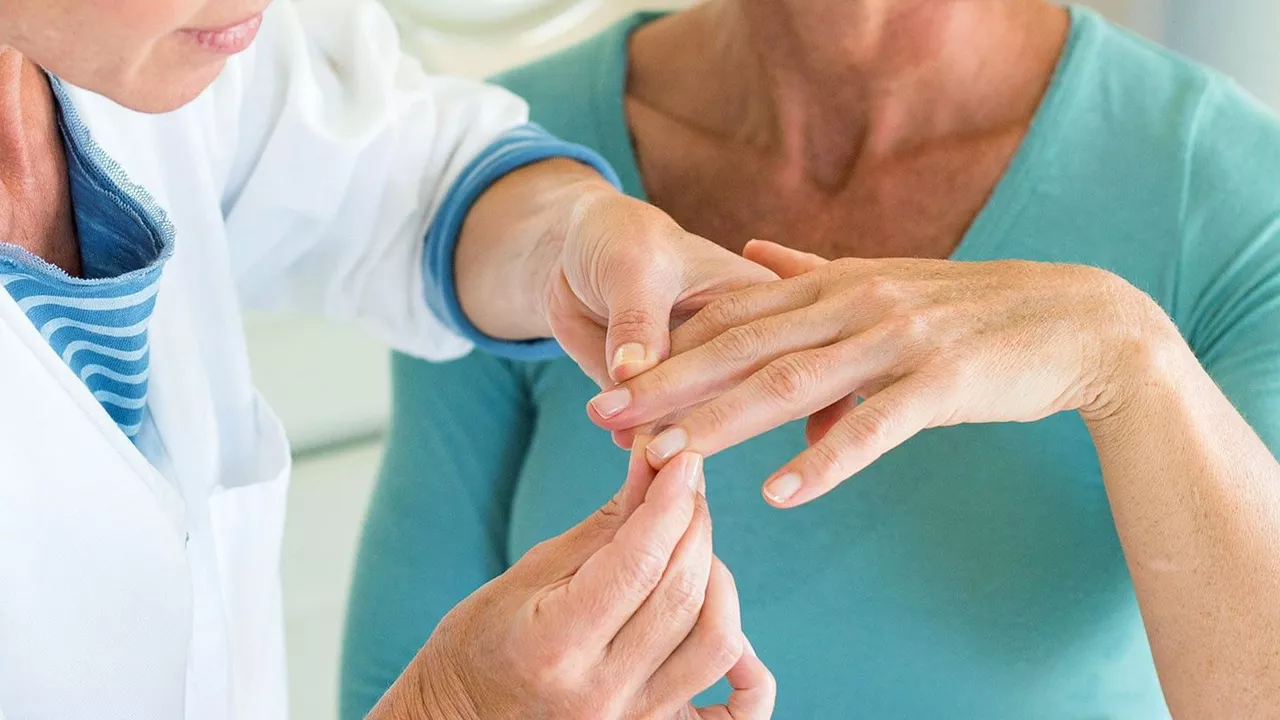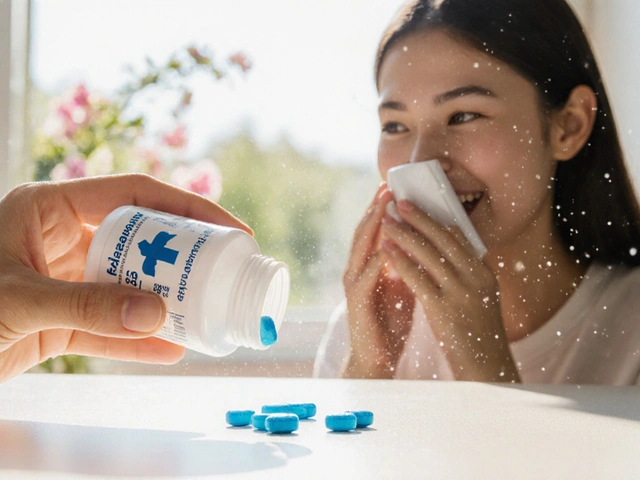Psoriasis: What It Is, How It Feels, and Ways to Manage It
If you’ve ever seen red, scaly patches on skin and wondered why they won’t go away, chances are you’re looking at psoriasis. It’s an immune‑driven condition that makes skin cells grow too fast, so they pile up into thick plaques. The good news is it’s not dangerous in most cases, but it can be itchy, painful, and sometimes embarrassing.
Common Symptoms & Triggers
Typical signs include silvery‑white scales, sharp red spots, and patches that may crack or bleed. You might notice them on elbows, knees, scalp, or lower back, but they can appear anywhere. Flare‑ups often follow a pattern: a few weeks of calm, then a sudden burst of new plaques.
What sets off a flare? Stress is a big one—your body’s fight‑or‑flight response can rev up the immune system and spark a breakout. Injuries to the skin, like cuts or sunburns, also act as triggers; this is called the Koebner phenomenon. Certain meds (beta‑blockers, lithium) and infections (strep throat) can worsen things too.
Even weather plays a role. Cold, dry air dries out skin and makes plaques more noticeable, while hot, humid climates might ease itching but cause sweating that irritates the area. Keeping a diary of when symptoms spike can help you spot personal triggers.
Treatment Options You Can Try
Most people start with over‑the‑counter moisturizers and topical steroids. Moisturizing daily prevents dryness, which reduces itching and cracking. Look for creams that contain ceramides or urea; they lock in moisture without feeling greasy.
If steroids aren’t enough, prescription topicals like vitamin D analogues (calcipotriene) or retinoids (tazarotene) can slow cell turnover. Apply a thin layer once or twice a day and follow your doctor’s instructions to avoid irritation.
For moderate to severe cases, doctors may suggest phototherapy—controlled exposure to UVB light that calms the immune response. It usually requires several sessions per week for a few months, but many report smoother skin after treatment.
Biologic drugs are another option when plaques cover large areas or don’t respond to other therapies. These injectables target specific parts of the immune system and have become more affordable with insurance coverage. Talk to a dermatologist about whether a biologic fits your lifestyle and budget.
Beyond medicines, everyday habits matter. Reduce stress with activities you enjoy—walking, meditation, or hobbies. A balanced diet rich in omega‑3 fatty acids (found in fish, flaxseed) can lower inflammation for some people. Quit smoking; it’s linked to more severe psoriasis and makes treatments less effective.
Finally, protect your skin from injury. Use gentle soaps, avoid harsh scrubbing, and wear protective clothing when you’re working with tools or gardening. Small changes add up and can keep flare‑ups at bay.
Psoriasis is a lifelong condition for most, but the right mix of treatment, lifestyle tweaks, and self‑care can make it manageable. Keep track of what works, stay in touch with your dermatologist, and remember that you’re not alone—many people live well with psoriasis every day.
Understanding Acitretin: A Comprehensive Guide for Psoriasis Patients
As a psoriasis patient, it's essential to understand Acitretin, a common treatment option for our condition. Acitretin, an oral retinoid, helps to regulate skin cell growth and slow down the rapid formation of skin scales. It's mainly used for severe cases of psoriasis, especially when other treatments haven't worked. Before starting this medication, we should be aware of potential side effects such as dry skin, chapped lips, and an increased sensitivity to sunlight. It's crucial that we work closely with our healthcare providers to monitor our progress and manage any side effects while using Acitretin.






